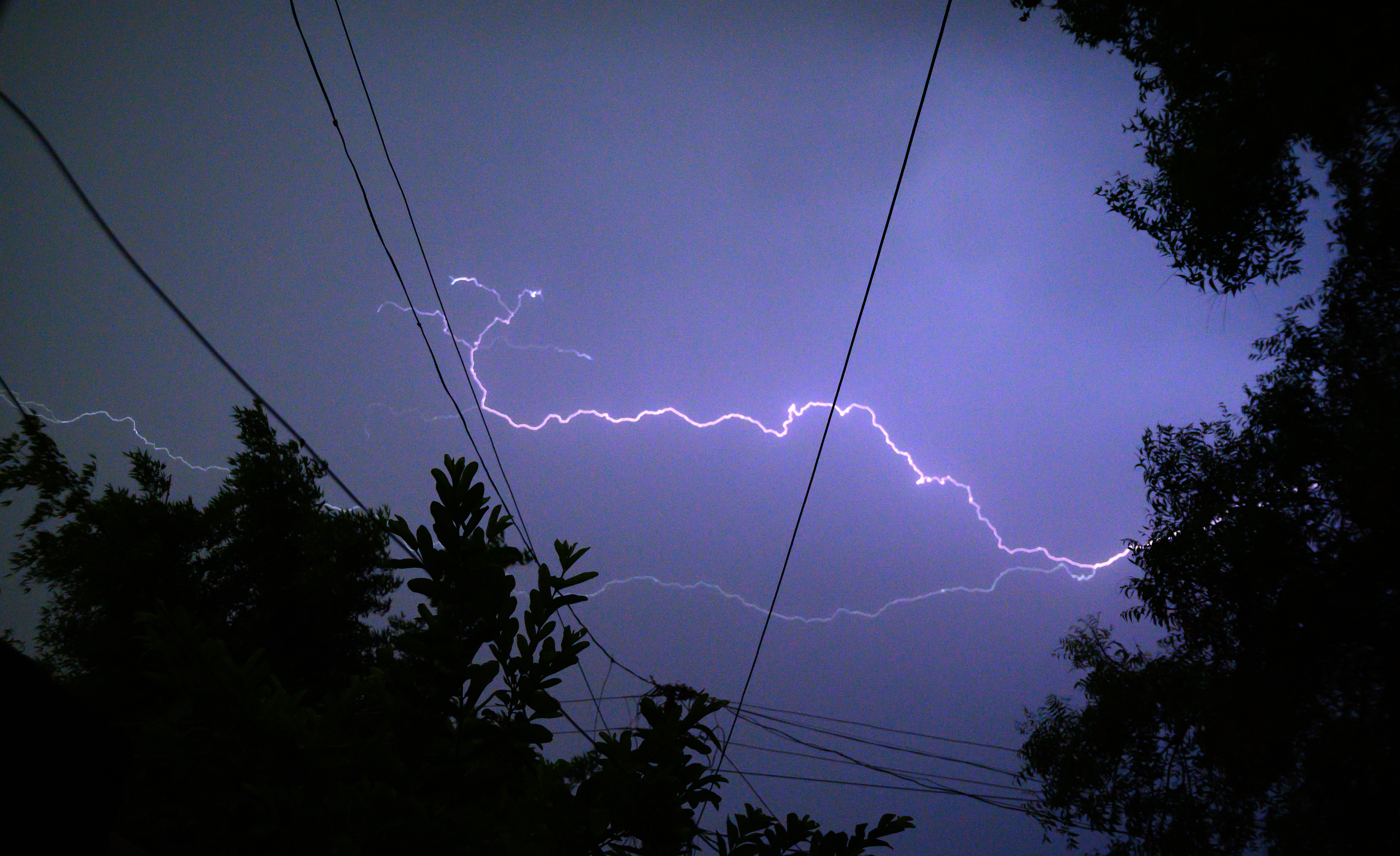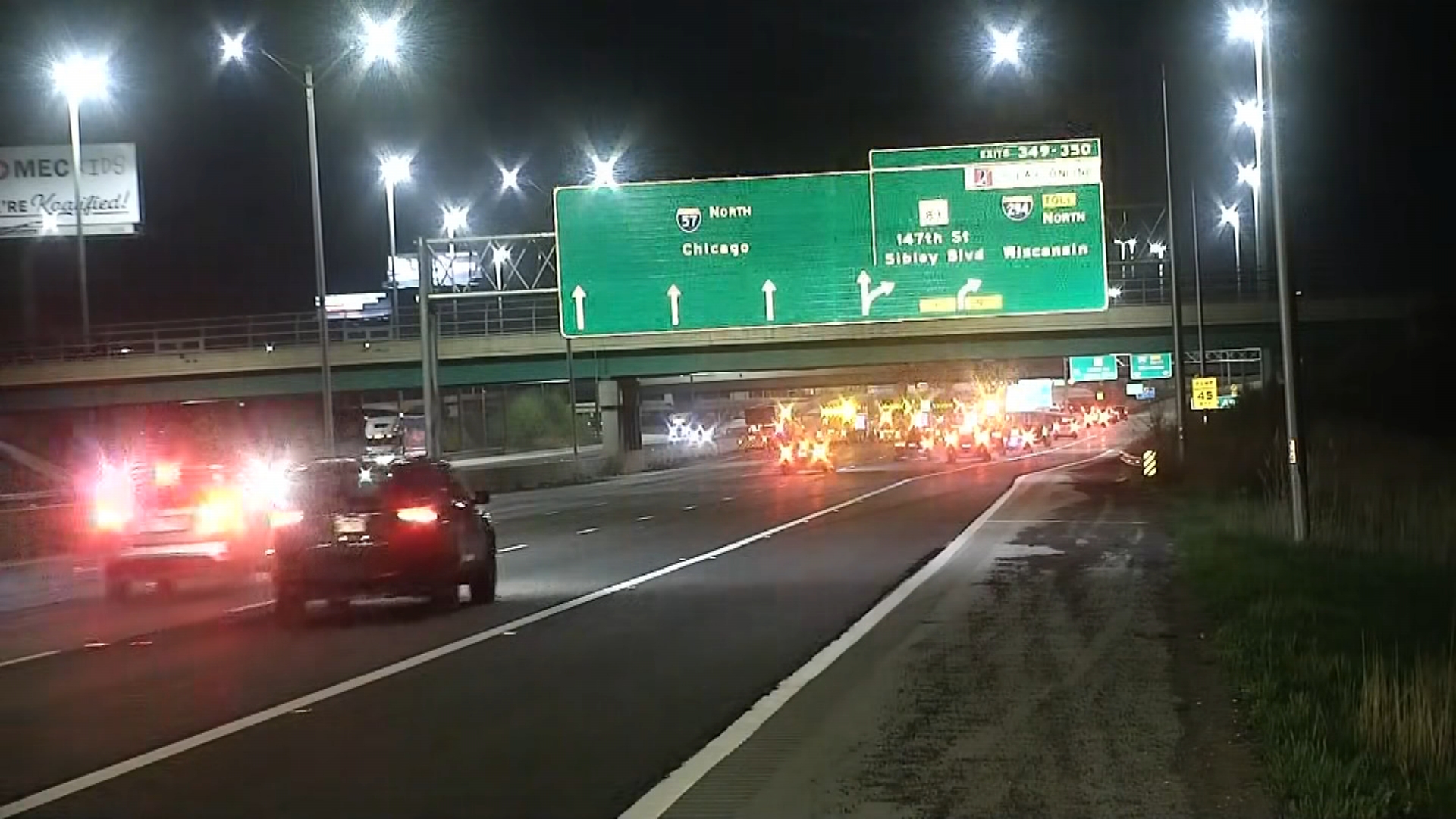Zipping through downtown Chicago’s rush hour traffic in specially-marked bus lanes seems like a great idea. In fact, the city’s Loop Link was constructed at a cost of tens of millions of dollars for that very reason. But more than one year after opening, an NBC 5 Investigates analysis of city records shows it’s not even clear if Loop Link is working.
And it’s causing frustration for CTA rider Patrick Hsieh.
“I’m feeling very stressed-out trying to make it to the daycare to pick up my kid,” Hsieh said.
Hsieh is one of thousands of commuters who board CTA buses from raised platforms along the Loop Link, which includes six daily bus routes between the west loop and Michigan Avenue.
Loop Link is described on a city website as a “modern transportation corridor….that will provide separated, dedicated space for general traffic, buses, bicyclists and pedestrians.” The city adds that Loop Link is a good example of how it can move people more efficiently.
DePaul transportation expert Joe Schwieterman said the city for decades has had problems getting people east-west across the Loop to and from the train stations.
“The Loop Link is sort of our big entry to fix that problem,” Schwieterman said.
Local
But on numerous occasions throughout an average day, passenger cars, taxis and private shuttle buses can be seen driving in the Loop Link’s red lanes, which are solely-designed for CTA buses and the vehicles that service them.
“It makes the commute time very unpredictable,” Hsieh said. “It can range from 15, 20 minutes to 45, even 50.”
Several sections of the Loop Link allow non-CTA vehicles to make right turns. Adjacent to those lanes are the red CTA-only lanes. In one instance monitored by NBC 5’s Sky 5 helicopter, a passenger vehicle was stopped at a red light, blocking a CTA bus in a red CTA-only lane. Instead of the bus sailing through to the next block, it took it about 85 seconds to finally clear the intersection.
“Five, 10-second delays can cause a bus to miss that green light,” Schwieterman said. “Can cause people decide not to use it. So you really got to worry about the small stuff.”
CTA drivers are frustrated.
“Because they always in the way,” one CTA driver told us during a stop along the Loop Link.
Constructing the Loop Link, including its designated lanes, raised platforms, bus stations, and tracker monitors, cost taxpayers nearly $32 million.
NBC 5 Investigates tried repeatedly to get someone from the city or the CTA to talk with us on camera about how they keep drivers from trespassing into these lanes. No one would.
“The subject of non-CTA vehicles utilizing the Loop Link lanes is an enforcement issue,” said a CTA spokesperson in a written statement to NBC 5 Investigates.
A Freedom of Information Act request was filed to learn how often police have cited drivers for driving in the CTA lanes. Each violation is supposed to come with a $90 fine. The answer: Never. Police confirm they have no record of any citation ever written for these traffic interlopers.
A police spokesperson told NBC 5 Investigates that its officers do their best to enforce traffic violations as they are observed.
According to Schwieterman, bus lanes are not seen as a red flag area where drivers are going to be ticketed.
He added, “Until you start having enforcement, word doesn’t spread in a way that people are going to listen.”



